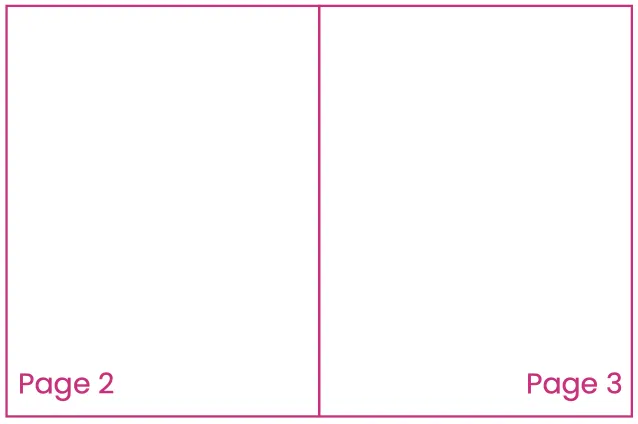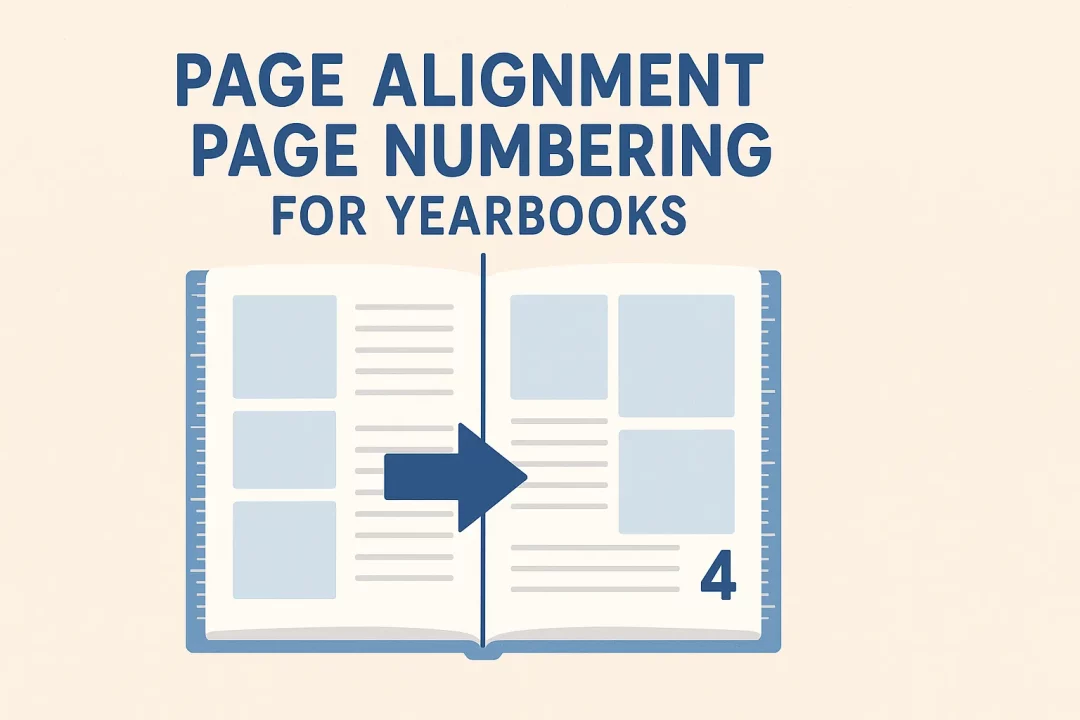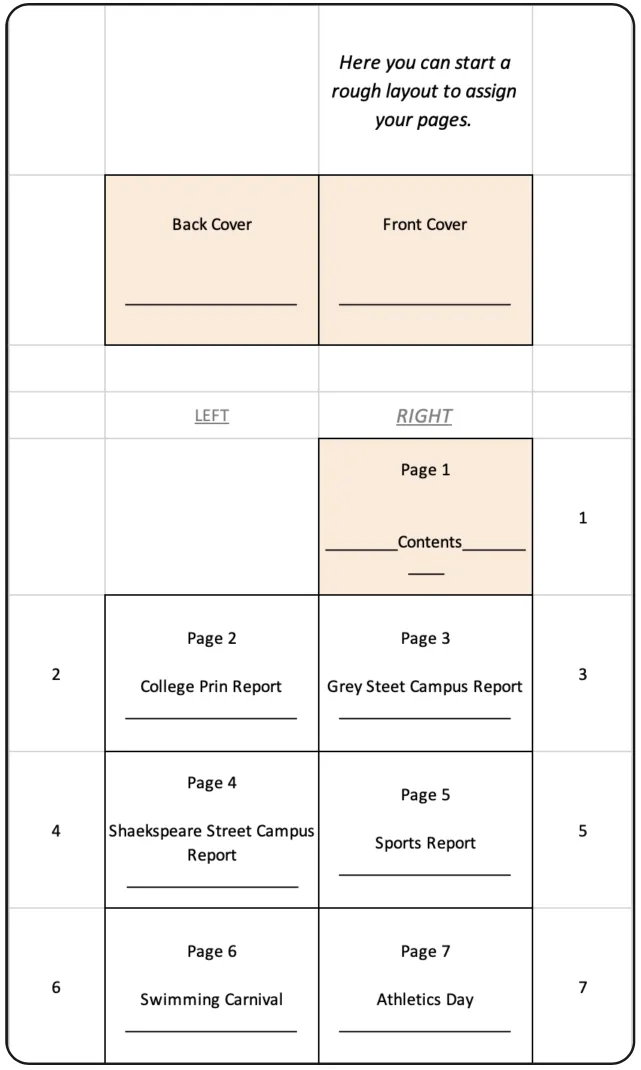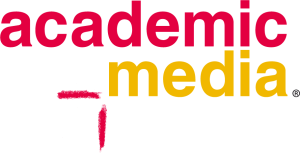Creating a school yearbook is both an exciting and detailed project. One key design principle often overlooked—but crucial to get right—is page alignment and page numbering.
Whether you’re designing your yearbook in Canva, Picaboo or InDesign, understanding how left and right pages are set up and numbered is essential for a professional, print-ready finish.
✅ What Are Left and Right Pages?
In a physical book or yearbook, pages are laid out in spreads — two pages viewed together when the book is open.
-
Left pages (also called verso pages) are even-numbered.
-
Right pages (also called recto pages) are odd-numbered.
So, if you’re flipping through a printed yearbook:
-
Page 2 is on the left,
-
Page 3 is on the right,
-
Page 4 is on the left,
-
and so on.
This matters because certain design elements should consistently appear on either the left or right pages — such as page numbers, headers, or side borders — to maintain visual balance and readability.
💡 TIP: When designing your yearbook, remember left-hand pages are bound on the RIGHT and right-hand pages on the LEFT – so keep important content away from the binding edge to avoid it getting cut off.

✅ General Page Numbering Tips for Yearbooks
-
Start with page 1 on the right (it’s the first inside page after the cover).
-
Be consistent: place page numbers in the same position on every page (bottom-left for left pages, bottom-right for right pages).
-
Decide early whether you want to include or omit page numbers on intro pages, dividers, or feature spreads.
✅ Planning Out Your Pages
Mapping out your yearbook before beginning design is a very helpful way to get a head start. This mapping process can be done in any way you see fit, whether it’s hand-drawn, or done digitally.
This is a great way to keep track of what goes where and helps to ensure a smooth creative process.




